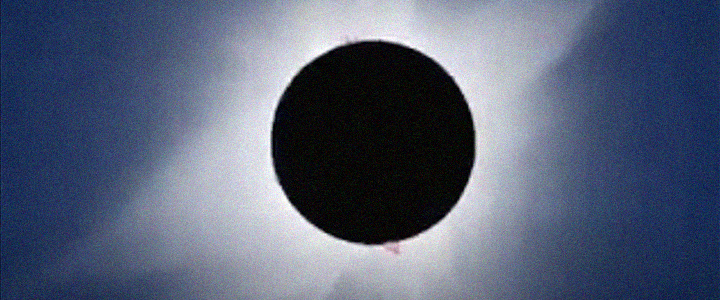Composer
Marc Patch was born in 1958 in Montreal, and studied piano, harp and composition in Canada.
After having spent decisive years training with Philippe Boesmans at the Royal Conservatory of Music in Liège, Belgium, he completed work on his thesis under the direction of composer Bruce Mather at Mac Gill University between 1986 and 1991. He also received a scholarship to study with Betsy Jolas at the Paris National Conservatory (CNSM) in 1991.
Following a residency at the Banff Centre for the Arts, he moved to Banff, in the heart of the Canadian Rockies, where he lived for over ten years. There he drew his inspiration from the majestic natural environment as well as from the international artistic effervescence of the Banff Centre.
Marc Patch’s works take on many musical forms: symphonic music, chamber music, vocal music, opera and electroacoustic tape music, and are closely tied to the visual arts. He has created videos which are associated with a number of his compositions. The piano plays a major role in his works, including an experiment in microtonal music for his A l’Affaire en seize for two pianos, one of which is tuned in sixteenth-tones (2004), or his Toccate en fer, t’a qu’à t’en faire for two pianos tuned with a quarter-tone difference.
Marc Patch’s compositions are steeped in a harmonic universe that is based on the harmonic spectrum, but his perspective is very different from what French musicians refer to as "spectral" music. An underlying esoteric notion can be found in his music, as witnessed by the titles of certain compositions: Mutations jupitériennes for piano (1984), the cycle I wish to dream (1986-1993), L.U.K.L.O.V., concerto for piano (1991), Les Mémoires du miroir de quartz for piano (1992), Echos saturniens for two Martenot waves, clarinet and percussion (1996), Espace (2009) and Orbite (2012) for electronic sounds.

